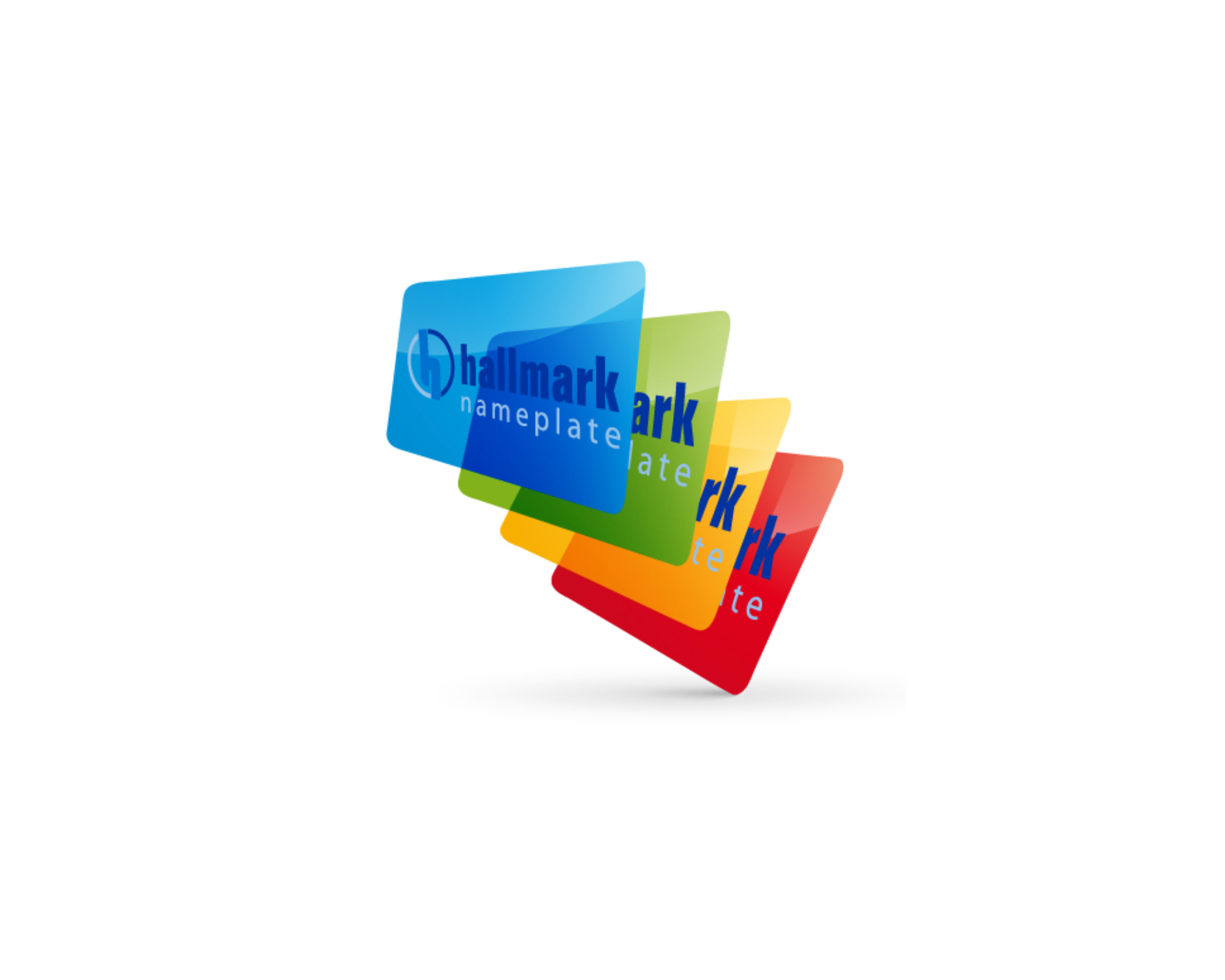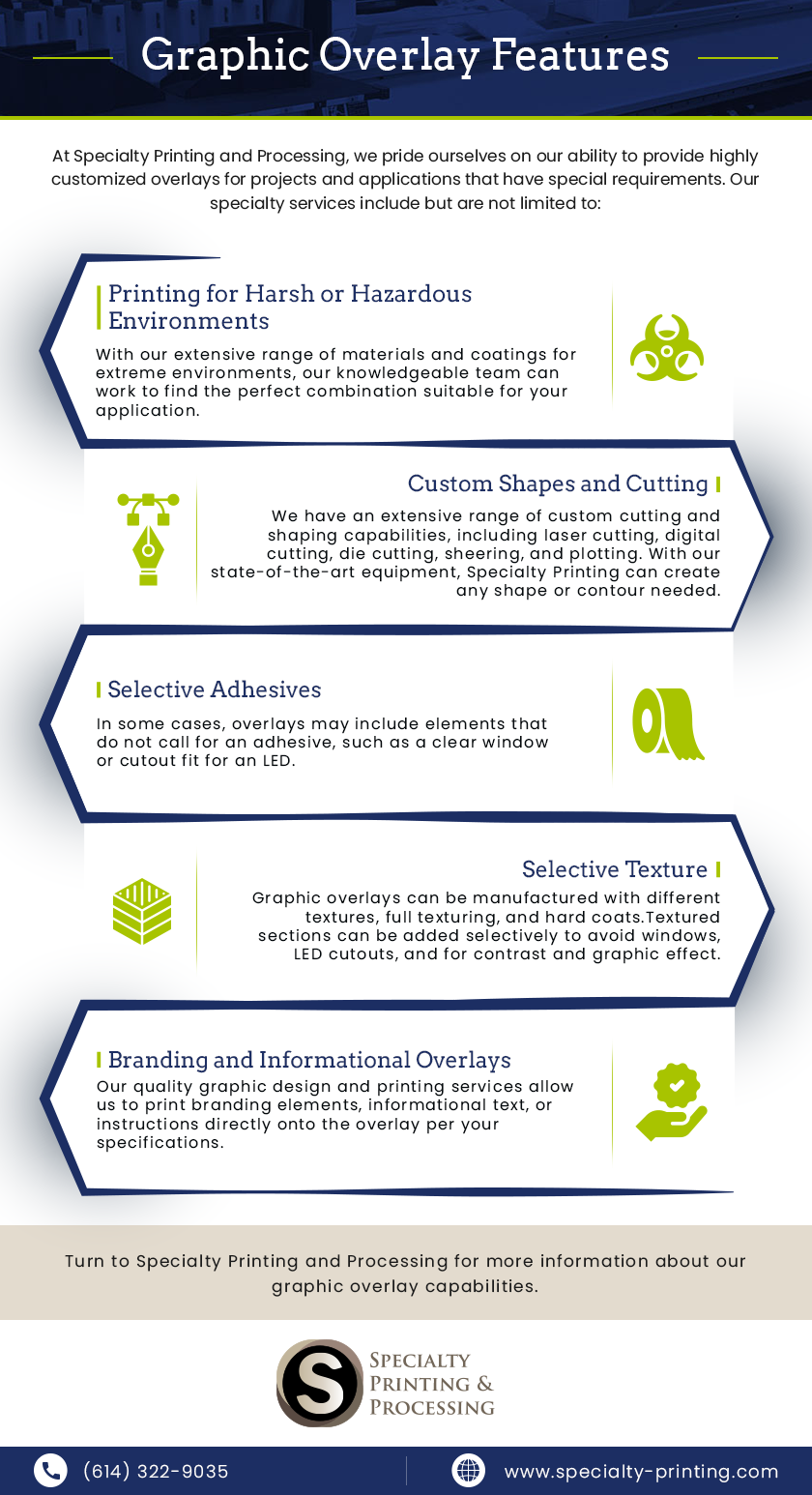Graphic Overlay and Panels-- Sturdy Layouts for Industrial and Commercial Applications
Graphic Overlay and Panels-- Sturdy Layouts for Industrial and Commercial Applications
Blog Article
The Function of Graphic Overlays and Panels in Enhancing Individual Experience
Graphic overlays and panels serve as crucial parts in electronic user interfaces, dramatically influencing individual experience with their capability to improve navigating and supply contextual information. Comprehending the nuances behind their style and implementation elevates crucial inquiries concerning their effectiveness and possible constraints, inevitably forming how we regard customer experience in an electronic landscape.
Interpretation of Graphic Overlays
Graphic overlays function as necessary components in the realm of individual experience design, enhancing the communication in between customers and electronic user interfaces. These graphical elements are laid over on existing web content to provide additional details, help with navigation, or enhance visual appeal. Generally, graphic overlays can include text, symbols, switches, and aesthetic indicators, every one of which play important roles in assisting user behavior.
The main feature of graphic overlays is to create interactive layers that improve use without overwhelming the user. By offering appropriate details contextually, overlays can improve the customer trip, making it much easier to gain access to tools or attributes without navigating far from the main web content. They commonly make use of openness and layering methods to preserve the presence of underlying elements while ensuring that the overlay content continues to be noticeable.
Additionally, graphic overlays can be vibrant, replying to user activities such as clicks or hovers, which enhances involvement. They are frequently used in applications, sites, and numerous electronic media to offer responses, tutorials, or notifications. In recap, graphic overlays are important in improving customer experience, mixing performance with aesthetic design to produce intuitive, interactive environments.
Relevance of Visual Power Structure
Visual hierarchy plays a significant function in leading user interest and promoting effective interaction within visuals overlays and panels. By organizing elements in a way that reflects their family member value, developers can route individuals perfectly via content, making sure that essential info is readily easily accessible.
The facility of aesthetic hierarchy is attained with numerous design techniques, such as size, color, comparison, and spatial plan. Larger aspects naturally stand out, while contrasting colors can highlight certain areas, making them attract attention. Grouping related products together via proximity improves cognitive processing, enabling customers to rapidly understand the info presented.
Integrating a clear aesthetic power structure not only enhances navigating yet also boosts the total customer experience. Users can efficiently translate and check content, lowering cognitive load and lessening possible frustration. This organized approach aids in developing a logical flow, guiding customers from key actions to second alternatives without overwhelming them.
Inevitably, a distinct visual pecking order is important for creating user-friendly user interfaces within visuals overlays and panels. It promotes an extra user-centric and appealing experience, guaranteeing that the style properly interacts its intended message while meeting individual demands.
Enhancing Readability and Availability
To improve readability and access in graphic overlays and panels, developers must focus on clarity and straightforward layouts (Graphic Overlay and Panels). Key factors include font style selection, size, and comparison, all of which dramatically impact exactly how conveniently customers can understand info. Sans-serif font styles are typically favored for electronic user interfaces as a result of their clean lines, adding to better readability on displays

Additionally, organizing web content through clear headings, subheadings, and bullet factors can boost the individual's capacity to scan details rapidly. This organized approach enables users to digest content extra effectively, enhancing general individual experience.
Integrating alternate message for photos and taking into consideration display my response reader compatibility are crucial for ease of access. By dealing with these aspects, graphic overlays and panels can cater to a varied target market, making certain that all individuals, no matter their capacities, can accessibility and engage with the information offered efficiently.
Interactive Features and Involvement
Integrating interactive attributes right into graphic overlays and panels can substantially improve individual involvement and experience. By enabling users to communicate with aesthetic aspects, designers can produce a more immersive setting that motivates expedition and personal link. Functions such as sliders, clickable buttons, and animated icons can transform fixed details right into dynamic material, enabling individuals to manipulate data and receive immediate comments.
In addition, interactive overlays can lead individuals via facility details, streamlining navigation and enhancing retention. Tooltips and pop-up food selections can give contextual support, ensuring users have the required information at their fingertips without overwhelming them. This customized strategy helps satisfy diverse individual needs and choices.
Incorporating gamification elements, such as development bars and rewards for interaction, can even more incentivize individual involvement. By making the experience pleasurable and satisfying, users are more probable to invest time and effort into the interface.
Eventually, the integration of interactive features in visuals overlays and panels not just enhances aesthetic appeal however additionally cultivates basics a much deeper connection in between the customer and the content, leading to improved fulfillment and use.
Study and Instances
As developers seek to develop appealing customer experiences, analyzing case researches and real-world instances becomes necessary for comprehending the efficiency of graphic overlays and panels. One notable instance is the implementation of overlay panels in mobile banking applications. A leading banks utilized visuals overlays to simplify transaction processes, resulting in a 30% increase in customer fulfillment. Users valued the intuitive design that simplified navigation and offered real-time comments.
Another engaging example is located in the gaming sector, where overlays boost immersion. A popular pc gaming platform integrated dynamic visuals overlays to display in-game statistics and gamer efficiency metrics, considerably enhancing user engagement - Graphic Overlay and Panels. Players reported feeling more attached to the gameplay, with a 25% boost in session duration observed
Additionally, ecommerce web sites have actually leveraged visuals panels to display promos and item information efficiently. A renowned online seller introduced an overlay panel that highlighted limited-time offers, resulting in a 40% increase in conversion rates.
These situation studies highlight that when attentively designed, visuals overlays and panels not only boost individual experience however additionally drive measurable service end results, proving their value throughout different markets. (Graphic Overlay and Panels)
Verdict
To conclude, graphic overlays and panels dramatically enhance individual experience by offering instinctive navigating and context article source within digital user interfaces. Their calculated style, informed by concepts of visual power structure, makes sure that essential information is emphasized while preserving accessibility and readability. Interactive attributes foster individual engagement, resulting in deeper links with the material. Inevitably, the thoughtful implementation of these aspects leads to boosted individual fulfillment and boosted overall use in digital settings.

Report this page